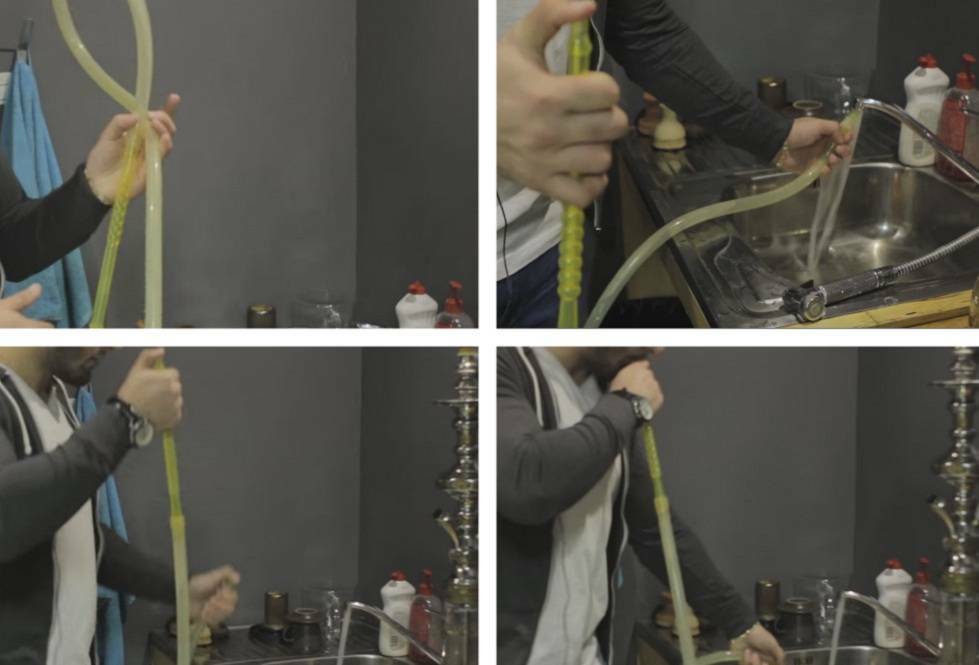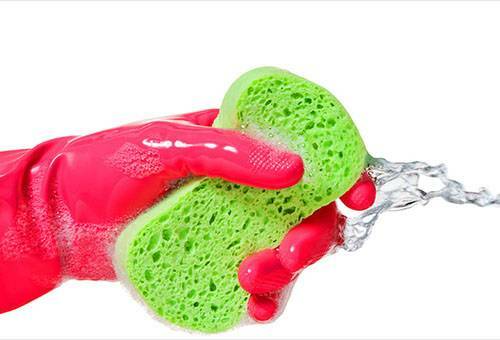The canvas is laid out not only by beginners, but also by experienced needlewomen. With the help of ruling, you do not need to count the number of crosses, you can safely embroider the picture in separate squares. A lined base will help if you have a voluminous and complex work with full embroidery and a lot of flowers.
Content
- Monofilament
- Washable marker
- Mouline
- Simple pencil
- Canvas with markings
Monofilament
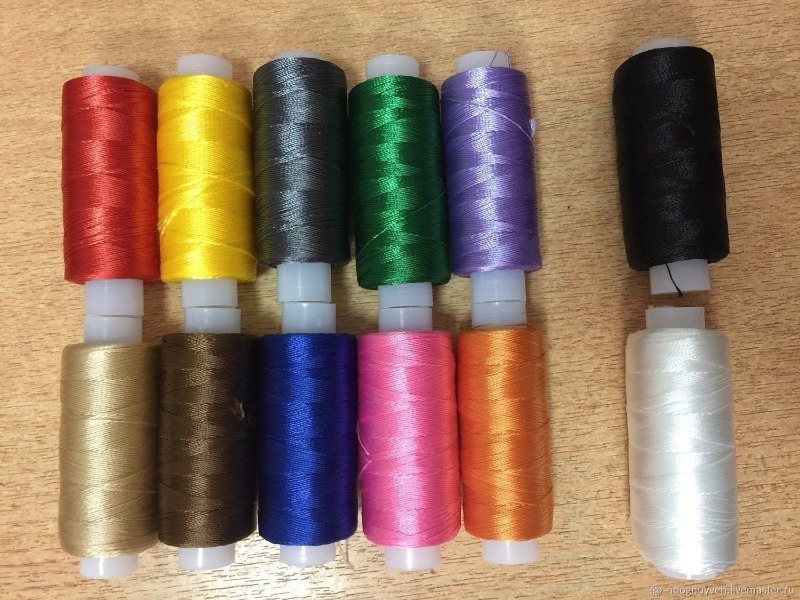
This is a spool and thread made of polymer material. It is smooth and thin, it can be removed well even on the finished, embroidered canvas. The shops offer their color variety. Dark ones are used for dark foundations, light ones for light ones. Colored threads can be used if desired.
Despite the pros, there are also significant disadvantages:
- in the process of embroidery, the fabric is deformed and twisted;
- it is not easy to fix a regular thread near the plastic one - the knots will unravel;
- marking in this way is tedious and time-consuming.
Thin fishing line can replace the polymer thread. The line will not break, stain the material, and at the end of the embroidery, the line is removed in one motion. At the end of the work, you must carefully examine the base. There should be no remnants of the fishing line, otherwise it will damage the needlework during washing and ironing with a hot iron.
Washable marker
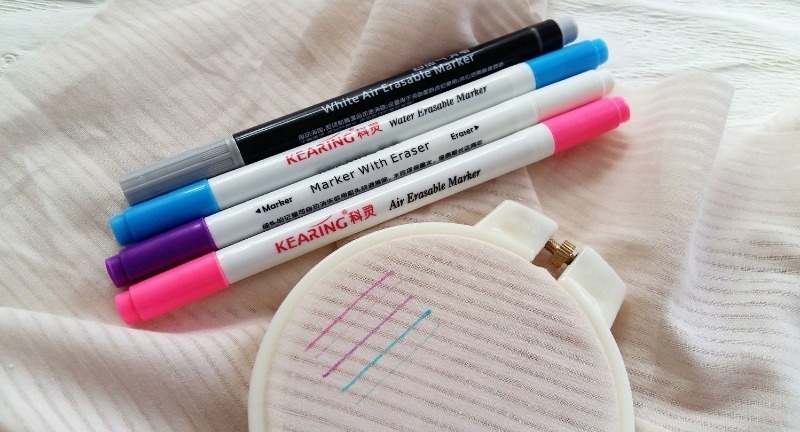
An easier way is to use water-washable markers for marking. Some markers disappear within 24 hours, others last for months, and still others are removed only in cold water. Hot water can fix the dye, and then it will be difficult to wash the finished sewing. Lemon juice will help remove the paint from the marker. Before doing this, check if it will damage the embroidered threads.
Do not use a marker for colored fabric. The two types of paints will react with each other. As a result, the canvas will be damaged.
The advantage of this method is that it saves time, as opposed to marking with threads.
Mouline
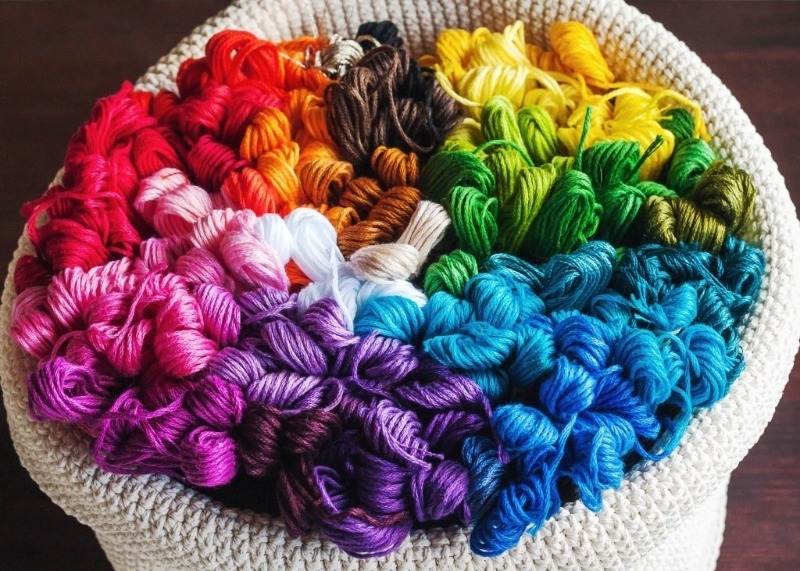
This method does not require any special skills, but it is time consuming and laborious. To mark the matter with floss threads, you need to find the center of the base and line it from it. But this type of ruling has its pros and cons.
The main plus is the safety of this method. The finished work can be washed in hot water and ironed. The embroidery will not be damaged.
A significant disadvantage is that it is impossible to remove the threads from the finished picture. With partial embroidery, the threads will be visible, which will affect the appearance of the finished work. You need to remove the threads as soon as you finish the square.
Simple pencil

For ruling with an ordinary pencil, you will also need a ruler. Before starting work, it is advisable to check the pencil on the seamy side of the canvas, and then wash the fabric.
If there are no traces left, you can proceed to ruling. This method cannot be called safe. Light-colored threads can be colored in the color of a pencil; it will not be easy to return them to their original color.
Canvas with markings
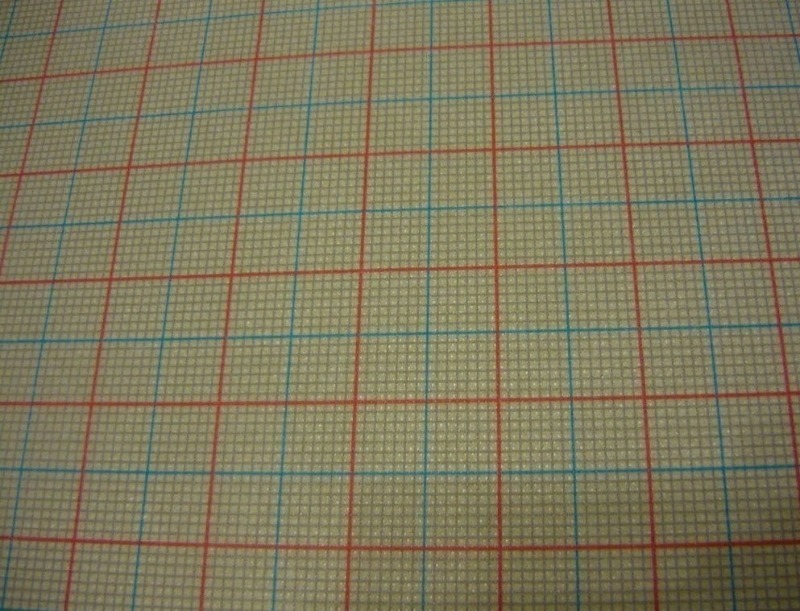
This is the easiest method. A ready-made, marked canvas is sold in stores.
After the embroidery is finished, it is enough to wash the fabric in cold water.
Each of the above methods has its own pros and cons. Some embroiderers do not start work until they have made the markings. Others never line up the base. This is a matter of taste and habit.

